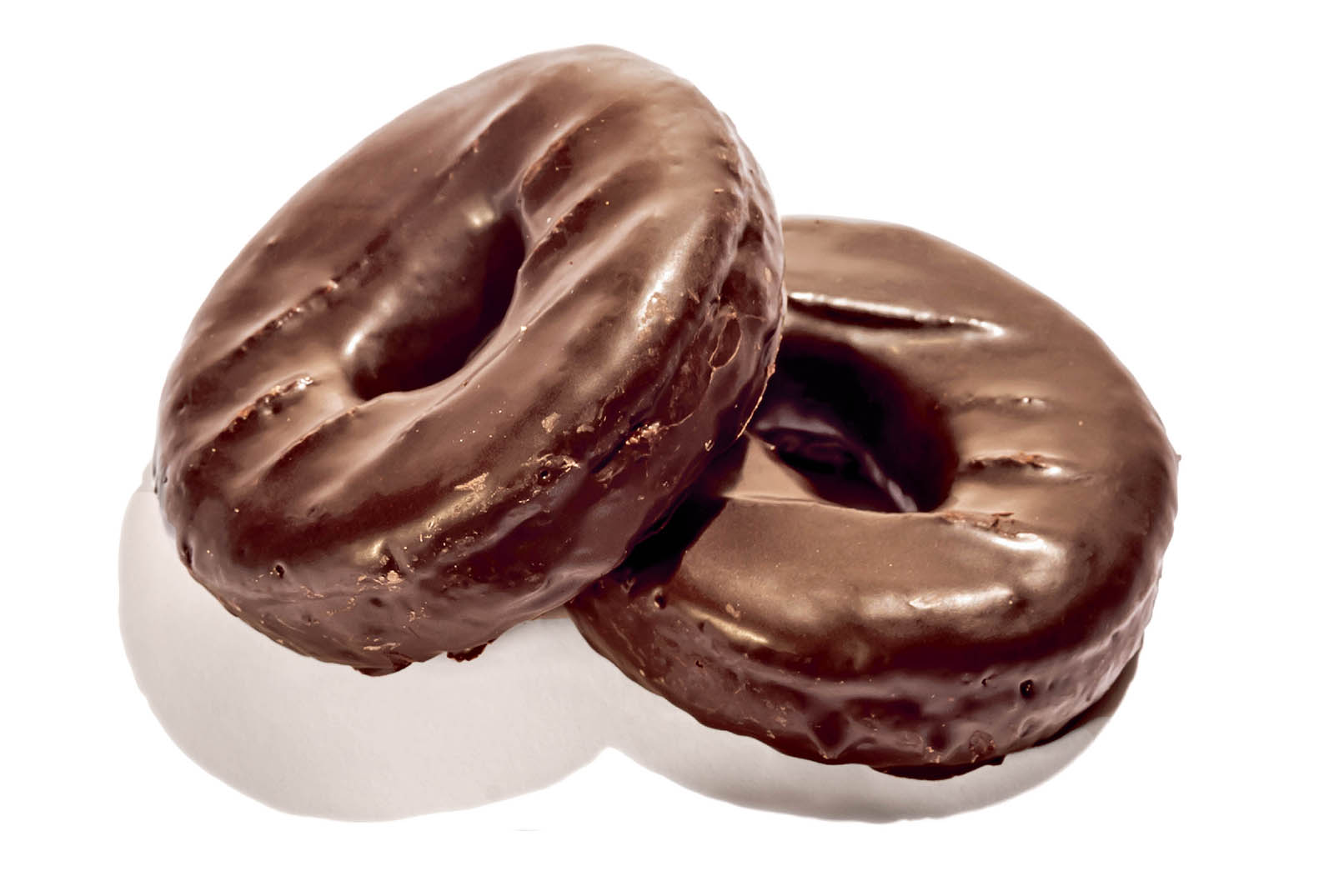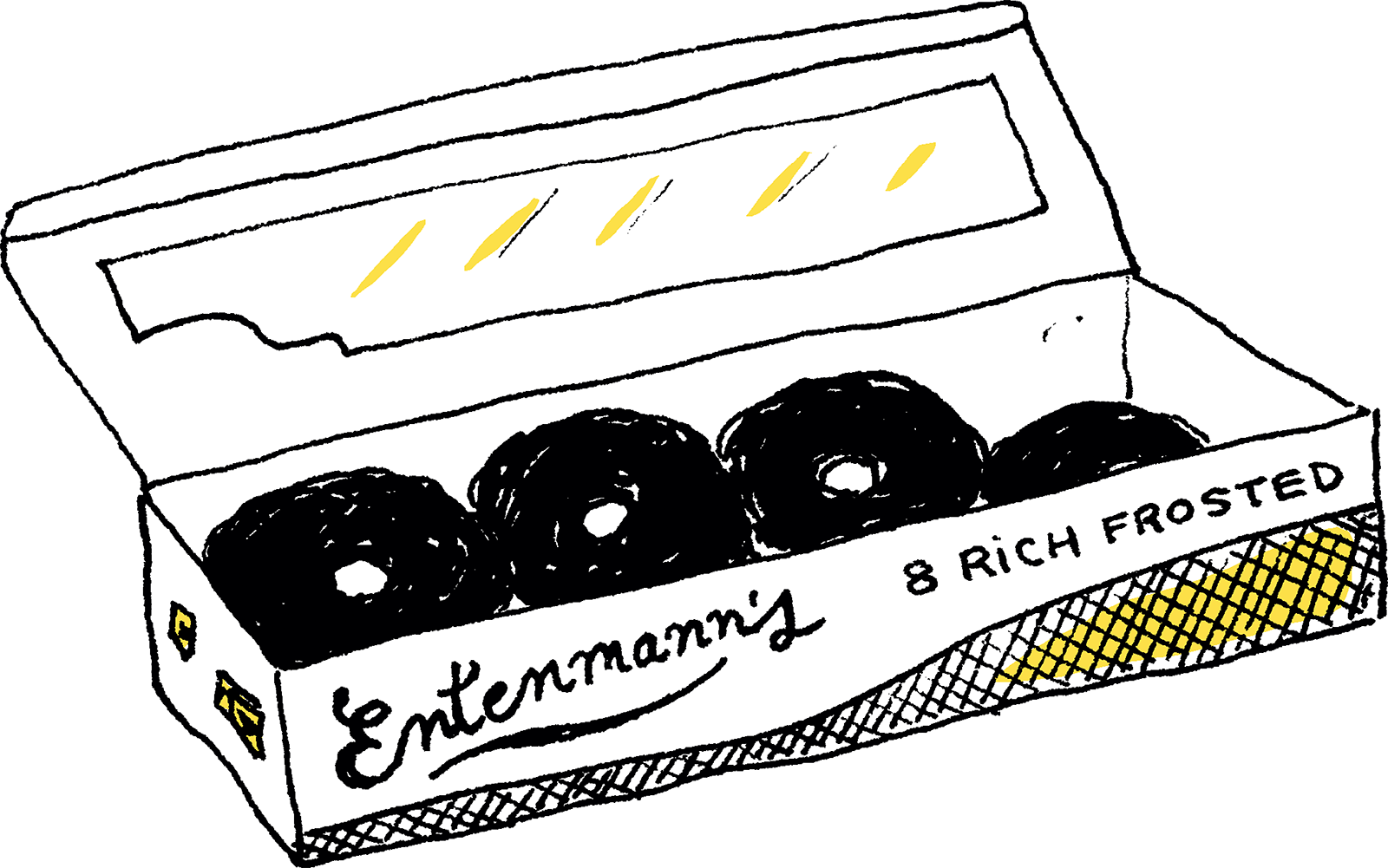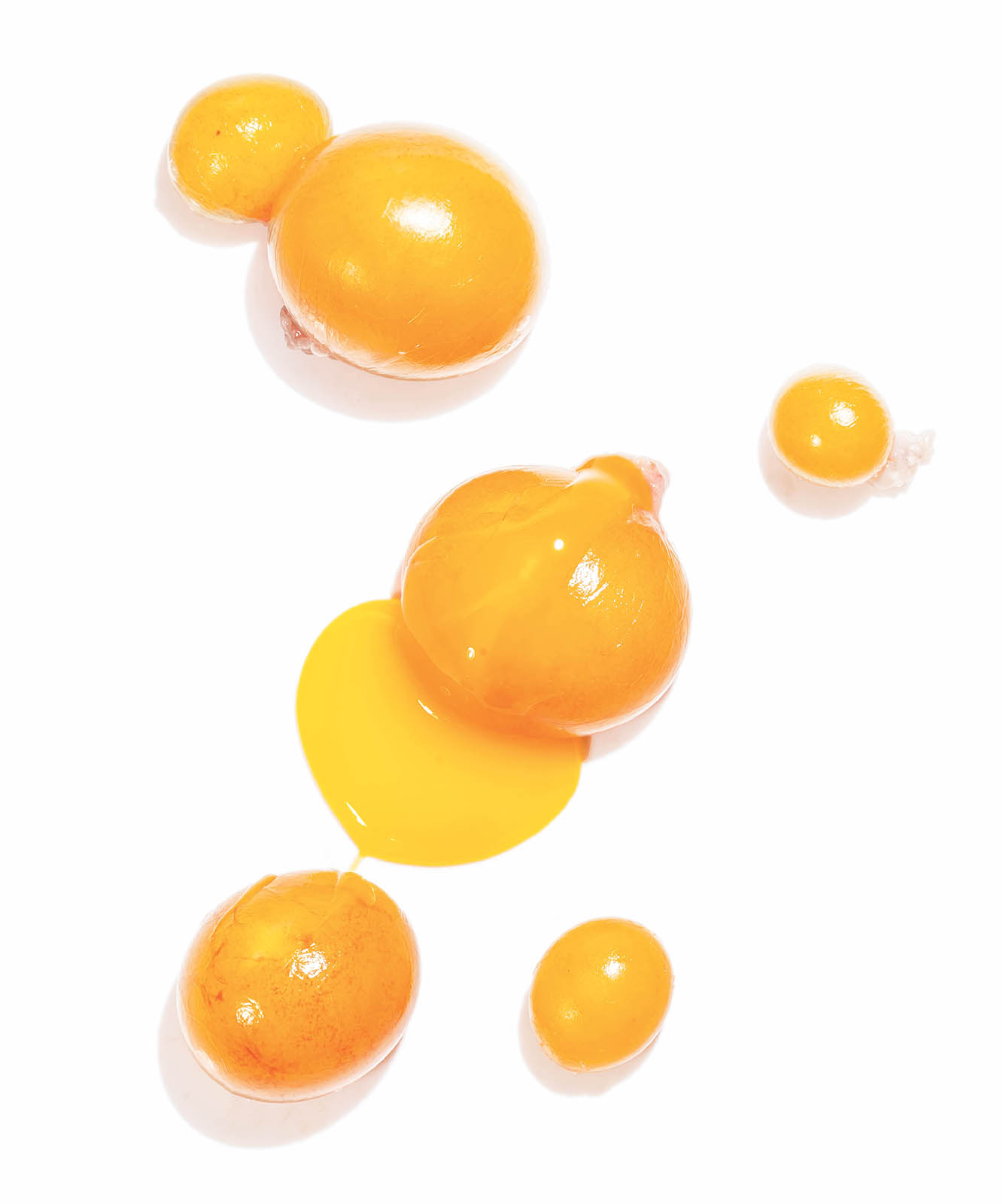
By Gabriela Geselowitz

As the potato is to Ashkenazim, the eggplant is to Sephardim.
The eggplant is hearty and easily prepared in many ways: stewed, stuffed, pickled, roasted, pureed, you name it. The berry (yes, technically, that’s what it is) is so ubiquitous in Jewish cuisine that there’s a classic Ladino song in which the tomato and eggplant verbally battle for vegetable supremacy. According to the late Jewish food expert Gil Marks, the tribe is somewhat responsible for eggplant’s popularity. Though the eggplant originated in India, Arabs brought it to Spain, where it became a dietary staple. And so when Jews were eventually expelled, they took their eggplant recipes with them, and the rest, as they say, is history.
by Joan Nathan
Serves 6 to 8
2 medium eggplant, halved lengthwise
4 or 5 small tomatoes
2 red bell peppers
2 garlic cloves, coarsely chopped
½ bunch fresh cilantro or parsley, chopped
2 tablespoons (30 milliliters) extra-virgin olive oil
Juice of ½ lemon, plus more as needed
Kosher salt and freshly ground black pepper
½ teaspoon harissa, homemade or store-bought
Warm pita or other bread, for serving
Position the top oven rack 8 inches (20 centimeters) away from the broiler. Preheat the broiler. Line a baking sheet with aluminum foil.
Place the eggplant on the baking sheet, cut-side down, followed by the tomatoes and bell peppers. Broil, checking every few minutes, until the eggplant and peppers are charred and softened; it should take about 15 minutes for the tomatoes to start to char and their skins to crack, 15 minutes for the peppers, and 25 to 30 minutes for the eggplant. You may need to turn the peppers over once to make sure they are evenly charred.
Put the eggplant in a colander in the sink to drain; set the tomatoes aside to cool. Put the peppers in a large bowl and cover the top of the bowl with plastic wrap or a wide plate to steam (this will allow you to easily remove the skins). This should all take about 30 minutes. Drain the excess juice off the vegetables and peel them. Seed the tomatoes and peppers and cut one of the peppers into strips.
Place the eggplant, tomatoes, peppers (except the pepper strips), and garlic in the bowl of a food processor. Pulse briefly, just until the mixture is chunky—texture is key. Stir in all but a few tablespoons of the cilantro, the olive oil, and the lemon juice. Taste and season with salt and black pepper, then taste again and adjust the seasonings if needed, adding more lemon juice if the flavors need to be brighter. Stir in the harissa.
Spoon the salad into a bowl, top with the pepper strips, and sprinkle with the remaining cilantro. Serve with warm pita or other bread on the side.
By Phil Rosenthal

I grew up in New York, and both of my parents worked, so I would be alone from about 3:00 to 5:30 every day after school. There was always a box of those chocolate-covered Entenmann’s doughnuts in the house, and the first thing I did when I got home was have a doughnut with a glass of milk. I would break the doughnut in half so I could dunk it in the milk. Then I would watch TV: the ’70s game shows—Match Game, Hollywood Squares, The Joker’s Wild—and then the TV movie.
It’s such a happy memory. I didn’t care that I was alone since I had those doughnuts.
Every region has its own thing, a shared food history. My wife grew up in Philadelphia, and for her it was Tastykakes. In the New York area, especially if you were Jewish, you had Entenmann’s doughnuts. That was before Entenmann’s got kosher certification, which happened in the ’80s. After that, the connection was complete.
I don’t know the last time I had an Entenmann’s doughnut. These days, if I have a doughnut, it’s not going to be from a box.
One time, my daughter visited my parents, and her grandpa offered her an Entenmann’s chocolate doughnut. She said she had never seen one before, and I was shocked. She tried it, and I was so touched by how much she liked it.
Certain things are eternal that way—they bring you right back to childhood.

By Barbara Kirshenblatt-Gimblett

In the days when my mother and paternal grandmother would buy the whole chicken from the kosher butcher—my mother was from Brisk (Brześć nad Bugiem), in what is now Belarus, and my grandmother was from Apt (Opatów), Poland—they would get everything: The feet were essential for the chicken soup (you had to clip the claws and scrape off the outer yellow skin with boiling water) and beloved for their rubbery texture, the best part being the “palm” of the foot. The helzl (neck) was its own delicacy, both the gorgl (neck bones), which went into the soup, and the skin, which was stuffed with flour and chopped chicken fat, the ends stitched closed with white cotton thread, and roasted with the chicken to golden-crisp perfection. In the old country, once you sucked all the goodness from the neck bones, you could take them apart and use them to play jacks.
Then there were the treasures inside the chicken: the pipek (gizzard), chicken liver, heart, and—treasure of treasures—the eyerlekh, or what we called eggies. To be technical, they are oocytes, on their way to becoming the eggs with whites and shells that hens will lay. Drop them into di goldene yoykh, the golden broth otherwise known as chicken soup, and they solidify into the most delicate and delectable pale yellow yolks. As children growing up in downtown Toronto’s immigrant neighborhood, my siblings and I fought over them. The chicken might have two feet, but it never had enough eyerlekh, and my mother would parcel them out carefully as we kids made our own calculations. Eventually, she gave in to our pleas and asked the butcher for several necks and extra eyerlekh, although this always seemed to me like cheating.
Today eyerlekh are nowhere to be found—almost. Not in the supermarket nor at the butchers, and not even in Poland, where it is illegal to sell them today because, I was told, they cannot be tested for salmonella. But they can still be bought in New York’s Chinatown, where nothing inside the chicken goes to waste. And they have been rediscovered by experimental chefs, notably Dan Barber of Blue Hill in New York. Nothing, however, will ever compare with the delicate flavor and texture of eyerlekh gently poached in di goldene yoykh.